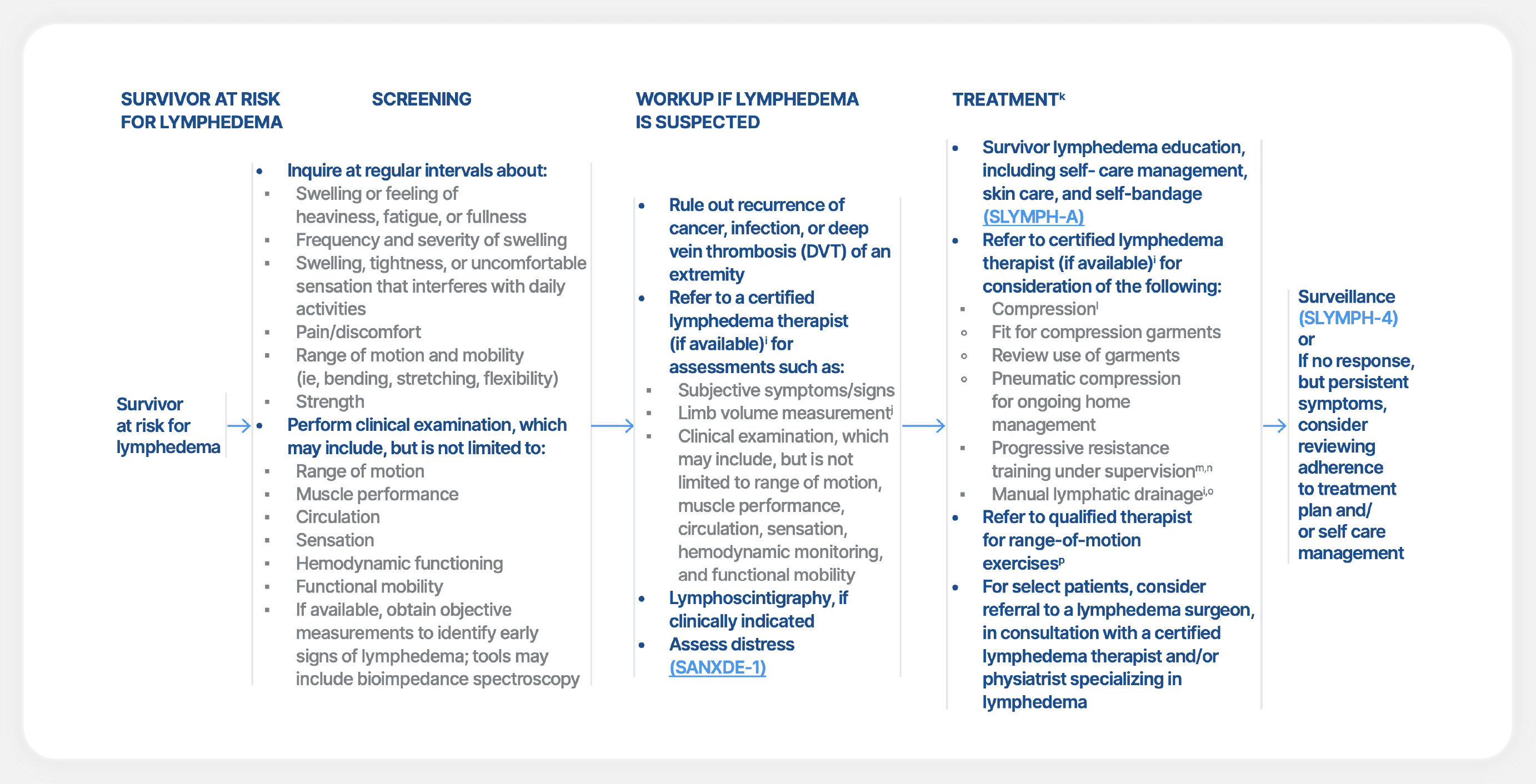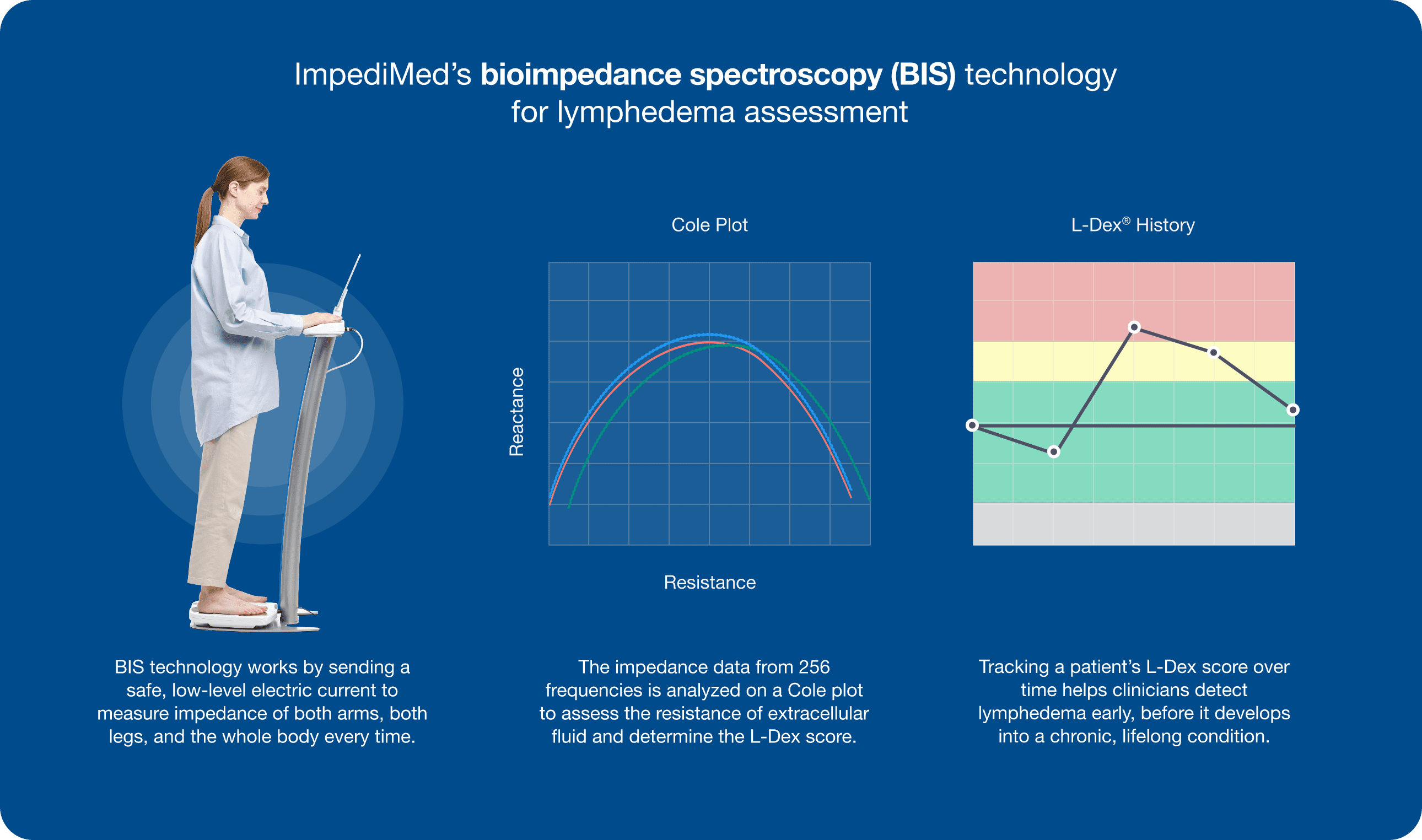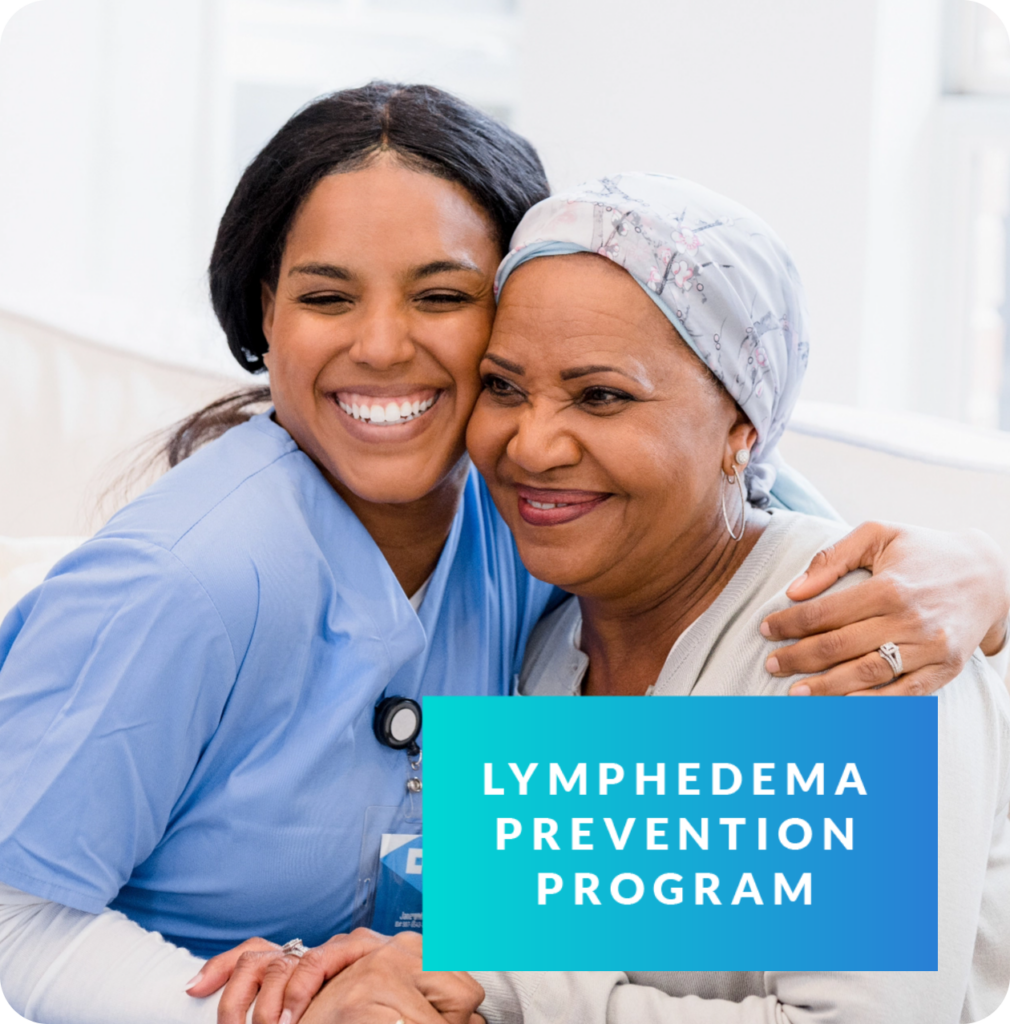References
- Referenced with permission from the NCCN Clinical Practice Guidelines in Oncology (NCCN Guidelines®) for Survivorship V.1.2024. © National Comprehensive Cancer Network, Inc. 2024. All rights reserved. Accessed March 29, 2024. To view the most recent and complete version of the guideline, go online to NCCN.org. NCCN makes no warranties of any kind whatsoever regarding their content, use or application and disclaims any responsibility for their application or use in any way.
- Adapted with permission from the NCCN Clinical Practice Guidelines in Oncology (NCCN Guidelines®) for Survivorship V.1.2024. © 2024 National Comprehensive Cancer Network, Inc. All rights reserved. The NCCN Guidelines® and illustrations herein may not be reproduced in any form for any purpose without the express written permission of NCCN. To view the most recent and complete version of the NCCN Guidelines, go online to NCCN.org. The NCCN Guidelines are a work in progress that may be refined as often as new significant data becomes available.
- Gillespie TC, Sayegh HE, Brunelle CL, Daniell KM, Taghian AG. Breast cancer-related lymphedema: risk factors, precautionary measures, and treatments. Gland Surg. 2018 Aug;7(4):379-403. doi: 10.21037/gs.2017.11.04. PMID: 30175055; PMCID: PMC6107585.
- Whitworth PW, et al. Preventing breast cancer-related lymphedema in high-risk patients: The impact of a structured surveillance protocol using bioimpedance spectroscopy. Front Oncol (2018) 8:197. doi: 10.3389/fonc.2018.00197.
- Ridner SH, et al. A Comparison of Bioimpedance Spectroscopy or Tape Measure Triggered Compression Intervention in Chronic Breast Cancer Lymphedema Prevention. Lymphatic Research and Biology 2022
FOOTNOTES FOR LYMPHEDEMA TREATMENT (SLYMPH-3):
- Certified lymphedema therapists can be located using the following resource: https://www.clt-lana.org/therapists. National Comprehensive Cancer Network® (NCCN®) recommends attention to evidence-based practice and specialized training for lymphedema management.
- If baseline measurement is not available, measure unaffected contralateral limb as a reference.
- Lymphedema Management: The Comprehensive Guide for Practitioners. Joachim Ernst Zuther, Steve Norton (Autoren) Buch | Hardcover 592 Seiten; 2017 | 4th New l edition; Thieme Medical Publishers Inc (Verlag); 978-1-62623-433-8 (ISBN); Chapter 5.
- Compression garments should be prescribed. Optimally, they should be fitted and measured by a certified lymphedema therapist.
- If a certified therapist is not available, survivors with lymphedema can perform resistance training with a professional trainer who has knowledge of cancer-related n physical activity principles. Weights should be slowly progressed as tolerated, and lymphedema should be evaluated periodically.
- Aerobic exercise or other forms of physical activity as tolerated. See Principles of Physical Activity for Survivors with or At Risk for Lymphedema (SLYMPH-B).
- If a certified lymphedema therapist is not available, consider referral to appropriate provider for treatment.
- Trained personnel can include physical and occupational therapists, certified exercise professionals, and rehabilitation specialists. Specialized training in working with survivors is available for both physical therapists and exercise professionals: ACSM [http://www.acsm.org/get-stay-certified] and APTA Oncology section [http://oncologypt.org].




